

Fly fishing can seem pretty intimidating when an angler first decides to pick it up and give it a go. Whereas regular rod and reel fishing can be a little more relaxed, fly fishing requires all the patience you’re used to utilizing plus a whole lot more technical prowess.
Videos by Outdoors with Bear Grylls
Here are some basic tips to help any beginning fly fishermen settle into the style and get the most out of their trips.
Know Your Equipment and Assemble it Correctly

Fly rods need to be built and broken down all the time. Graphite rods are almost exclusively built that way. Match the tip and butt sections of each piece and secure them with a one-quarter turn. Twist them together until the guides line up. Oh yea, those metal things sticking out of your rod? Those are guides. The metal portion at the bottom that you grab? That’s the butt. Guess what goes in the reel seat? You guessed it, the reel. The reel hangs beneath the rod where one of the feet to the reel slides right into an opening located on the seat. The other side will have a piece of metal that slides over the other foot of the reel itself while keeping the reel on the rod butt. Then you make sure you engage the locking ring to secure the whole thing as one
Make Sure You Know Some Basic Knots

The longer anyone fishes, the greater their knowledge of knot tying gets. It’s just a fact. That said, if you’re new to fishing at all or simply just new to fly fishing, you need to have a few basics down. Learn and master the surgeons knot, the clinch and the improved clinch. Those should be enough to get you on your feet as you begin to master some more complicated knots. While most rods and lines come with those tiny booklets that help teach you a little, always use the opportunity to learn directly from other fly fishermen when you hear them swear by a knot you’ve never learned yourself.
Figure Out Your Grip

It’s commonly understood to crank the reel using your off hand. If you’re right-handed, you’ll want to cast with that very same hand as you work the reel with your left. It may seem a little off at first, but you’ll want the strength of that main hand.
Stringing Up Properly
 Once you’ve got the reel attached, go ahead and pull some line out. Fold over the line and walk it up the rod as you guide the line through each, well, guide. You’ll notice a small little loop near the butt, but that’s not a guide. It’s merely a place to keep your hook when you’re not fishing.
Once you’ve got the reel attached, go ahead and pull some line out. Fold over the line and walk it up the rod as you guide the line through each, well, guide. You’ll notice a small little loop near the butt, but that’s not a guide. It’s merely a place to keep your hook when you’re not fishing.
Dress the Part

There’s a common theme surrounding how all the best fly fishermen dress: Keep it subtle. Bright colors or white clothing can seriously hamper someone’s ability to “hide” from fish who all too easily get spooked and startled by loud or bright objects and animals. Typical fly fishing clothes should focus around earth and muted tones that more naturally blend with their environment. So be sure to leave the graphic tees at home. Layering is always recommended along with particular pieces of clothing like turtlenecks under fleece jackets.
Be Organized

Get it together people. Just like regular fishing, you’ll benefit the most from having a well-organized routine for both yourself and your gear. Ever go diving into a friend’s tackle box to find something quickly only to spend hours rummaging through what looks like the aftermath of a tornado? If your personal gear and clothing are always ready in the same state of preparedness then you’ll be good to fish at a moment’s notice. Make sure your waders, boots and clothing are always set up so you can quickly fish in hot or cold weather.



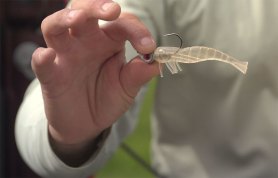

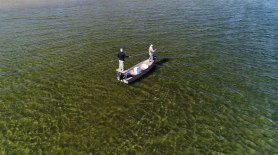
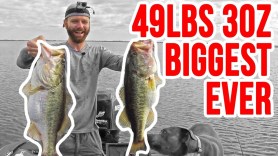
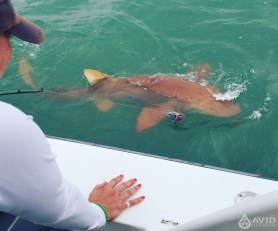

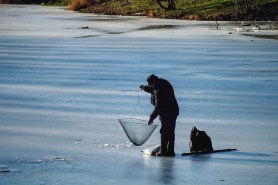
My wife and I are regular hikers & back country campers. We’ve each owned a “don’t die in the woods” emergency shelter for several years (bought one to check it out, then bought another). These shelters are the real deal. They are now part of our essential packing lists, even for short day hikes. We’ve used them as rain shelters for summer overnights & can attest to their durability. Excellent product at a very reasonable price.